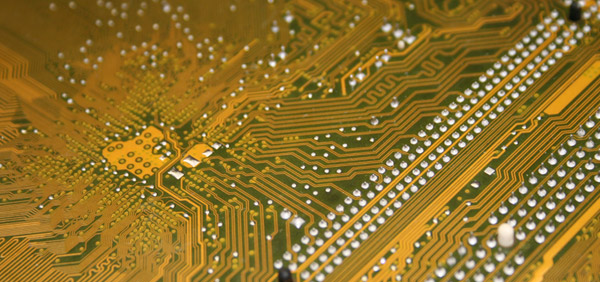The Pros and Cons of Copper PCBs
Using copper clad PCBs is one of the most cost effective ways of producing cheap PCB prototype. The laminate of copper PCBs is composed of a conductive part – copper – and the nonconductive dielectric medium called the substrate which is usually constructed from epoxy or fiberglass. The copper is used to lay down traces to create an electric pathway for the flow of current and connecting the electronic assembly with each other.

The Pros of Copper PCBs
1. Fast PCB prototype
You can create your own copper clad PCB affordably and swiftly as ordering these PCBs from a manufacturer is a time consuming process. Orders may take up to a week to reach and even if the delivery time is made fast because of your requirements, the prices will increase significantly which shall not be a viable option. So if you are in need of having your PCB ready quickly, creating your own board is a pragmatic solution but you will need to have the necessary manufacturing equipment.
2. Cheap PCB
These PCBs can be cheaply made as long as you have the right equipment. Ordering a PCB prototype from cheap PCB services provider is more expensive than manufacturing the copper PCB at home or your lab. This is understandable – there will always be a base cost involved so unless you are thinking about procuring the PCBs in bulk, it is not really a feasible option.
3. Custom PCBs
One of the greatest advantages of copper PCB is that it can be made into custom sizes and shapes – which most PCB manufactures won’t be ready to do or charge you surplus amounts. You can make really tiny prototypes or turn the boards into eccentric shapes.
The cons of Copper PCBs
1. Tinning of PCBs
Sometimes, electronic hobbyists often consider tinning the traces in contrast to finishing them with an appropriate solder mask. The monotonous process of tinning the circuit boards manually is susceptible to bulking and not just that using in is hazardous both while using the circuit boards and when disposing them off so careful considerations are required.
2. The use of corrosive chemicals
While making copper PCBs of your own through a subtractive process, you will have to use corrosive chemicals to remove the excessive copper for making traces to connect PCB electronic components. You need to work in a ventilated space so that the danger of inhaling corrosive chemicals can be minimized. However, the disposal of the chemicals is still problematic.
3. Procedure
The process of making copper PCBs itself is quite hazardous. You have to work with chemicals. The intense heat of toner transfer method for the printing of the electronic design will be less proficient since you will be working on your own with less professional lab equipment. Erroneous etching and inappropriate transfer of toner might even render the PCB useless. Keep these pros and cons in mind while working with copper PCBs to design your DIY projects.
